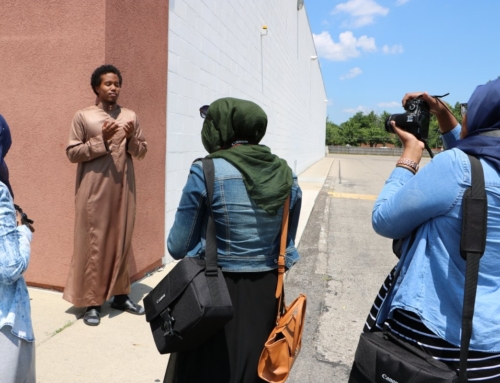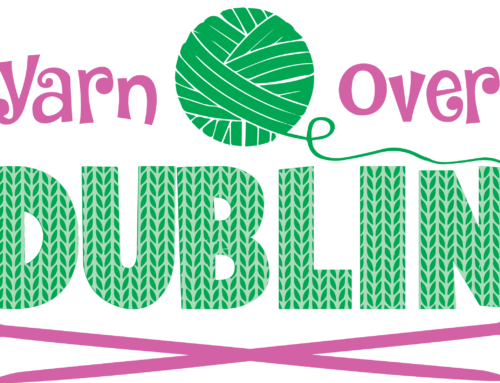
The Sphere of Magic and other Visionary Objects/Extraordinary Images
on view March 6 – April 20, 2018
opening reception Tuesday, March 6, 2018
Dublin Arts Council, 7125 Riverside Dr., Dublin, Ohio
(free)
Artist Mark Soppeland, a distinguished professor of art emeritus at the Myers School of Art, The University of Akron, performs the roles of conceptualist, designer, craftsman, historian, philosopher, storyteller, pantheist, scientist and magician in The Sphere of Magic and other Visionary Objects/Extraordinary Images, his solo exhibition of mixed media paintings, collages and sculpture at Dublin Arts Council. The artwork relates to Soppeland’s interest in interpreting the symbolic and cultural baggage of found objects and images to evoke memory.
The exhibition will be on view in the Dublin Arts Council (DAC) gallery, 7125 Riverside Dr., in Dublin from March 6 through April 20, 2018. The exhibition opens with a public reception for the artist on Tuesday, March 6 from 6 to 8 p.m. The opening reception and the exhibition are free of charge.
Gallery hours are Tuesday, 10 a.m. to 7 p.m.; Wednesday through Friday, 10 a.m. to 5 p.m.; and Saturday 11 a.m. to 2 p.m.
Pictured Above: The Sphere of Magic, flicker flame bulbs mounted on antique globe, steel base; 31” high, 14” wide, 14” deep. By Mark Soppeland.
Photo courtesy of the artist.
Catering for the opening reception will be provided by The Food Smiths.

Artist’s Statement:
My work reflects what I believe to be an elemental human need for the activities involved with search, transformation and creation. Presentation, engagement and exchange are the completing acts of this artistic process. In the development of my work I perform the roles of conceptualist, designer, craftsman, historian, philosopher, storyteller, pantheist, scientist and magician.
My current work is engaged with several interconnected investigations. Many of these projects are related to my interests in found objects and images. I believe the use of cultural detritus brings complex symbolic and cultural baggage to a meeting with efficiency and historical process, creating greater potential to evoke multiple levels of associative memories. This concern for memory is related to my larger investigation of the mental processes that are at the core of our self-awareness, our sense of existence and the fragile nature of sanity.
The use of light in my sculptural practice has been an important part of my work for almost fifty years. It represents the power of the object, a symbolic representation of a part of ourselves, to expand beyond its physical limitations, and by extension, to begin a discussion of our own potential abilities. Much of this work is engaged with personal mythology relating to realities beyond the currently knowable. It embraces a pantheon of religious imagery and spiritual practice. The work attempts to exist at the intersections of the romantic and pragmatic; primitive and modern; timeless and timely; and the beautiful and disturbing.
My interest in light continues into my paintings. These landscape studies began in the 1970’s and continue today. These projects explore the illusionistic potential of painting, including the representation of light, atmospheric conditions, texture, and movement. They also investigate the potential efficiency of the brush, color theory, and the relationship between two-dimensional surface and the illusion of space.
I continue to investigate this series of paintings and it was from this work that a foundation was created for the illustrations created for Dungeons and Dragons with Dennis Crammer (aka Dennis Crabapple McClain, and Justine Mara Anderson) in the 1990s. These illustrations were part of my ongoing interest in publication and experimental books. My first book, Words, started as a project for my drawing and design students at the University of Akron and was published by William Kaufman in 1979. Sculptures in the 1980s were photographed and used for newspaper illustrations. A variety of limited edition three-dimensional and movable books have been created in the last decade.
The hinterglasmalerie (reverse glass painting) mixed media collage work allows me to address any aspect of the human condition as a potential subject. Each project is a unique experiment created through a process of obsessive layering of innumerable potential images mined from the past thirty-five thousand years of visual language, spanning not only time, but also global cultures. Archetypal themes; remembered dreams; moments of insight, celebration and regret all find voice in this work.
The newest investigation is the Organic Algorithm Series of paintings. These works are concerned with our unique cultural moment where massive amounts of real-time data are being processed instantaneously to manipulate and control various aspects of our lives. Most of these computer programs are of obvious benefit to society. However, an unknown number exist in secret and are of value to only a select few, often working against the interests of the majority. The process of this artwork attempts to model this new reality. It involves creating multiple layers of various materials: metallic pigments, paint, pencil, binders and paper that are repeatedly established and removed. This process mirrors our historical moment, where layers of information are selectively revealed, removed, changed and hidden, all for the purpose of creating an intentionally byzantine mystery. These complex matrixes defy a logical starting point of comprehension and attempts to order. My engagement with these visual challenges parallels my concern with the social/political/technological moment.
Mark Soppeland



















